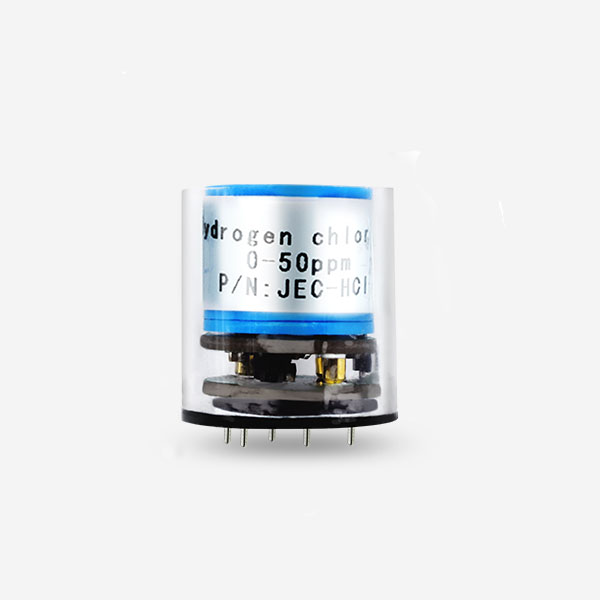Air pollution is a significant problem in many parts of the world, with harmful gases and particulate matter affecting human health and the environment. Gas sensors are a vital component in air pollution control, allowing us to measure and monitor the levels of pollutants in the air. In this article, we will explore the importance of gas sensors in air pollution control and their applications.
How Gas Sensors Work
Gas sensors are devices that detect and measure the presence of gases in the air. They work by detecting changes in the electrical conductivity or optical properties of a material when it is exposed to a gas. The most common types of gas sensors are electrochemical sensors, metal oxide sensors, and infrared sensors.
Electrochemical sensors are the most widely used type of gas sensor. They work by measuring the electrical current generated when a gas interacts with an electrode. Metal oxide sensors work by measuring changes in the electrical resistance of a metal oxide material when it interacts with a gas. Infrared sensors work by measuring the absorption of infrared radiation by a gas.
Benefits of Gas Sensors in Air Pollution Control
Gas sensors offer several benefits for air pollution control. Firstly, they are highly sensitive and can detect even trace amounts of gases in the air. This is important because some gases, such as carbon monoxide, can be lethal in small concentrations. Gas sensors can also detect a wide range of gases, including volatile organic compounds (VOCs), which can cause respiratory and other health problems.
Another benefit of gas sensors is that they are easy to use and install. They can be integrated into air pollution control systems or standalone air quality monitors. They are also relatively inexpensive, making them accessible to a wide range of users, from researchers to government agencies.
Applications of Gas Sensors in Air Pollution Control
Gas sensors have many applications in air pollution control. They can be used to monitor air quality in cities, industrial areas, and other locations. They can detect pollutants from traffic, industrial emissions, and other sources. Gas sensors can also be used to monitor the quality of indoor air in homes, offices, and other buildings.
In addition to air quality monitoring, gas sensors can be used to monitor emissions from vehicles and industrial sources. They can help to identify sources of pollution and track the effectiveness of pollution control measures. Gas sensors can also be used in emergency response situations, such as chemical spills or fires, to monitor the levels of hazardous gases in the air.
Gas sensors can also be used in research to study the effects of air pollution on human health and the environment. They can help to identify the most harmful pollutants and develop strategies to reduce their impact.
Conclusion
Gas sensor technology is a vital component in air pollution control, offering many benefits. Gas sensors are highly sensitive, can detect a wide range of gases, and are easy to use and install. They have many applications in air quality monitoring, emissions monitoring, and emergency response situations. By using gas sensors to monitor air pollution, we can better understand and mitigate the impact of harmful gases on human health and the environment.
 : +86 155 8830 2704
: +86 155 8830 2704 : jxdziot@gmail.com
: jxdziot@gmail.com
